Description
PiCUS TreeQinetic Description
The tensile test with the PiCUS TreeQinetic provides you with all the measurement data you need to determine the root condition and the resistance to trunk breakage. During the tensile test, the tree is exposed to a defined equivalent wind load. The PiCUS TreeQinetic records three measured variables at the same time:
- Applied force
- Stretching or compression of the wood fibers
- Root plate inclination
To do this, the tree is pulled with a rope attached to the crown and with the help of a wrench. The load generated in this way and the reaction of the tree are measured with the Forcemeter, Inclinometer and Elastometer of the PiCUS TreeQinetic.
In this way, it is possible to determine how a tree behaves under load with a single measurement setup.
The various sensors of the PiCUS TreeQinetic
The inclinometer and elastometer sensor elements record the tree’s reaction to the load in different ways. The new Elastometer 3i can combine both technologies.
Inclinometer
The TreeQinetic inclinometers measure the inclination of the root plate and trunk under the tensile load. This can be used to evaluate the root stability and the anchoring force of the tree in the ground.
Elastometer
The elastometers record the elongation or compression of the outer wood fibers of the trunk. The measured values serve as a basis for estimating the break resistance.
Elastometer 3i
In addition to the expansion or compression of the edge fibers, the new 3i elastometers can also measure the angle of the tree at its position and thus the inclination. The bending line and curvature of the tree can be calculated from the angle measurements at several positions. The bending line can, for example, help to better assess knot wounds.
PiCUS TreeQinetic range of functions:
Range: Action radius up to 60 m
Accuracy: Elastometer: 0.1 µm; Inclinometer: 0.005 °; Forcemeter: 0.3 kN
Connection: Wireless data transfer of all measurement data to the PC
Force build-up: A mechanical gripper pull with steel cable to build up the tensile force is optionally available in two variants
Expansion: The system can be upgraded with additional sensors at any time



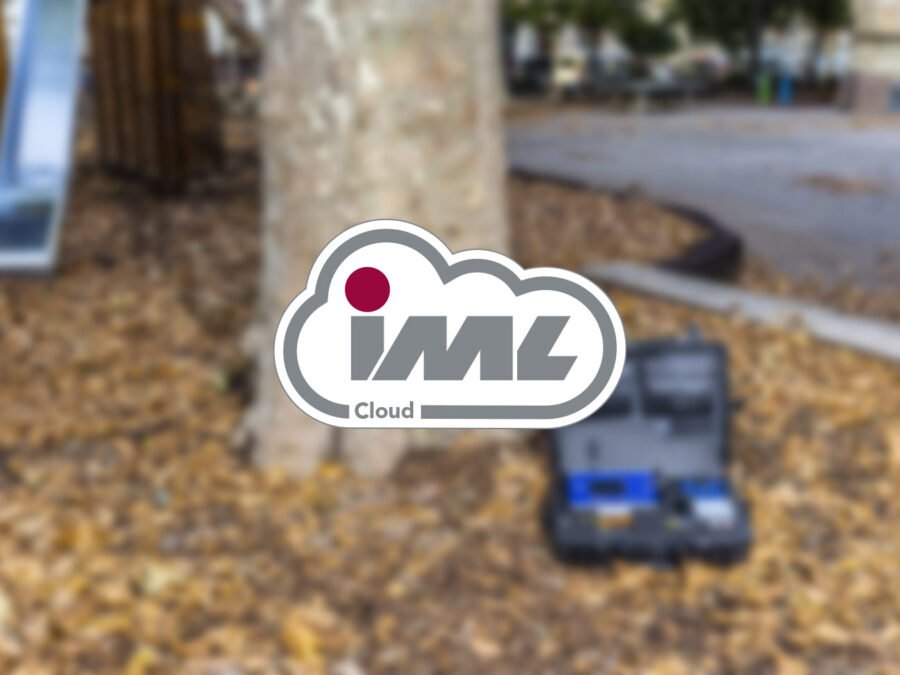
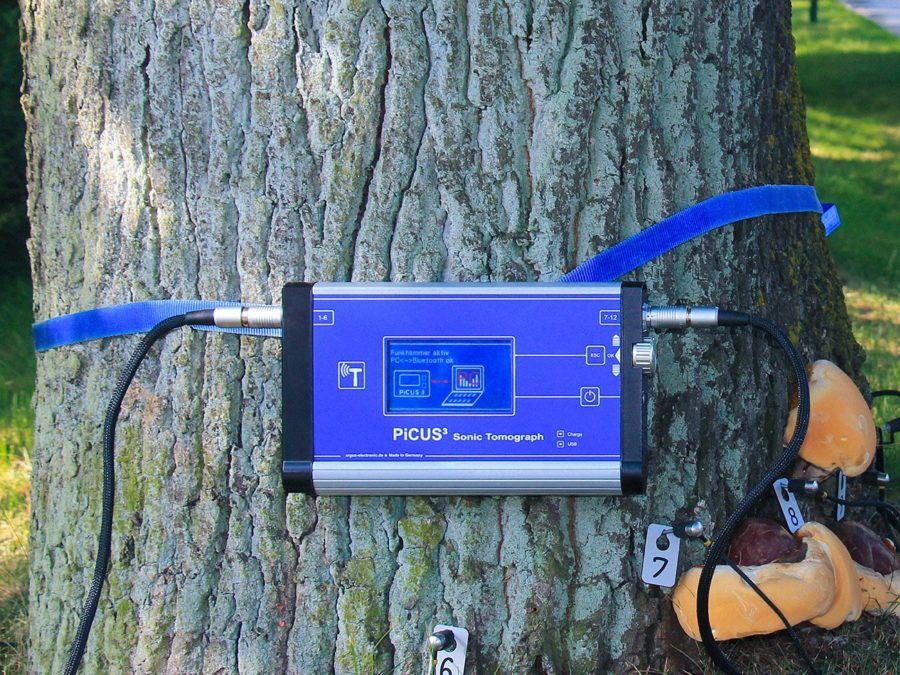
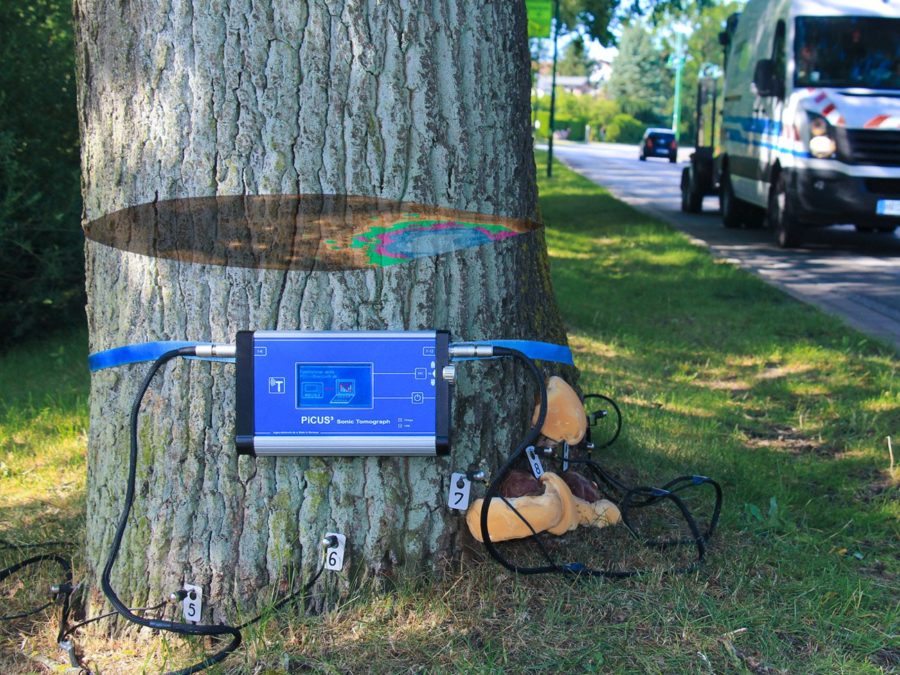
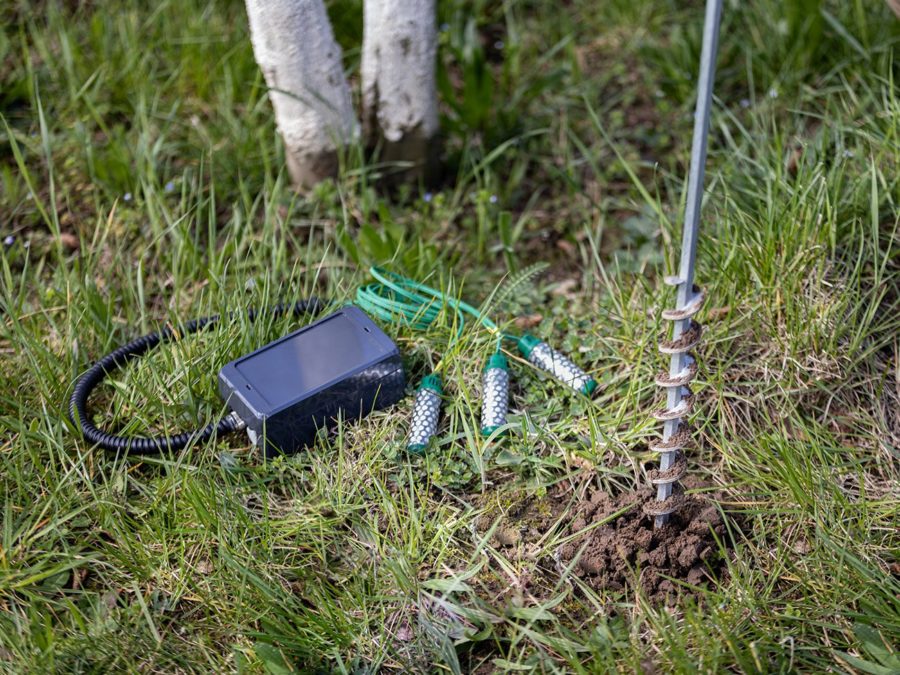
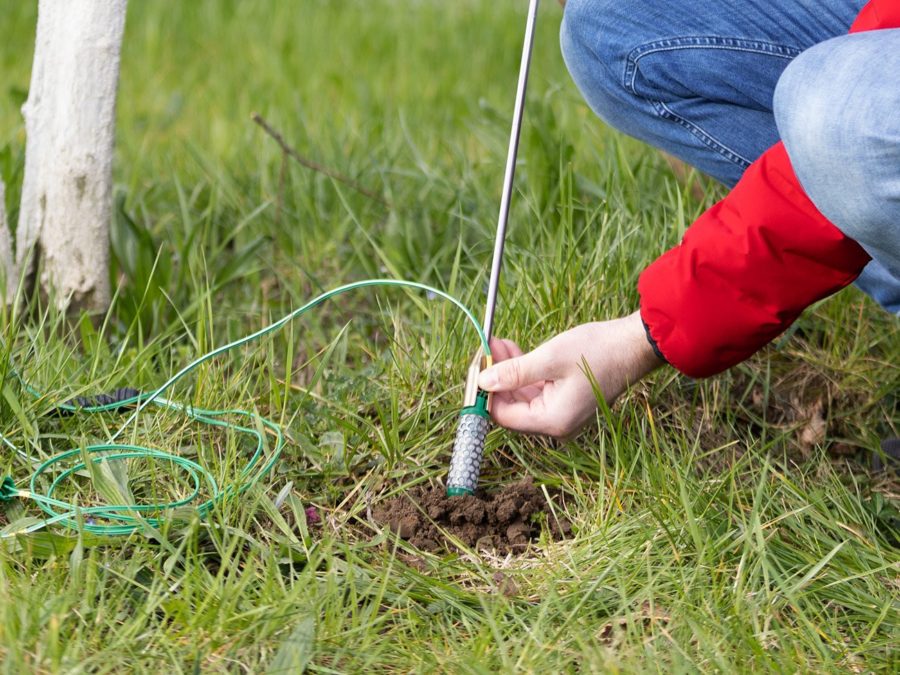
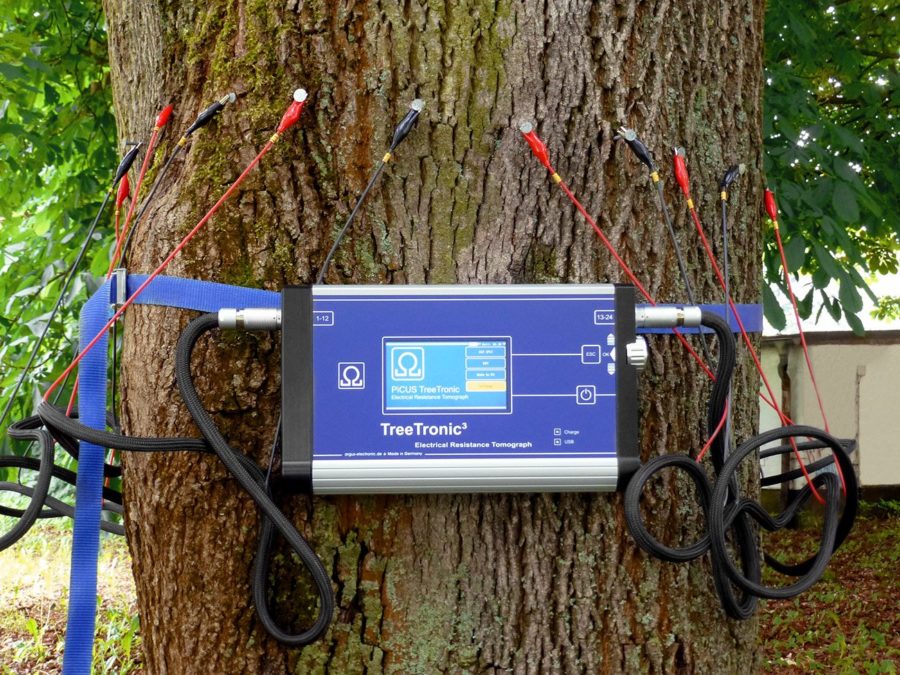
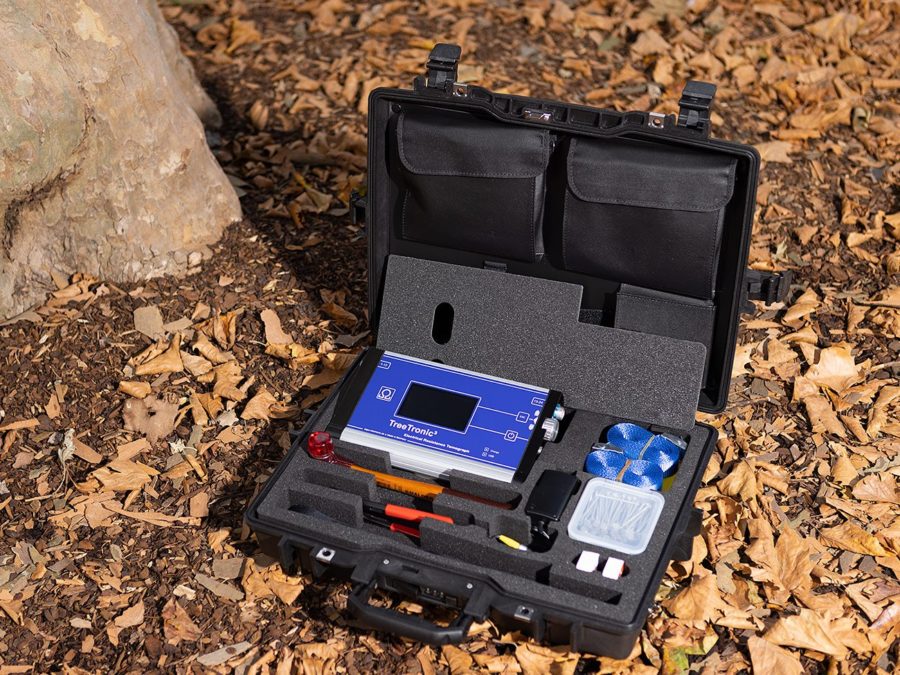
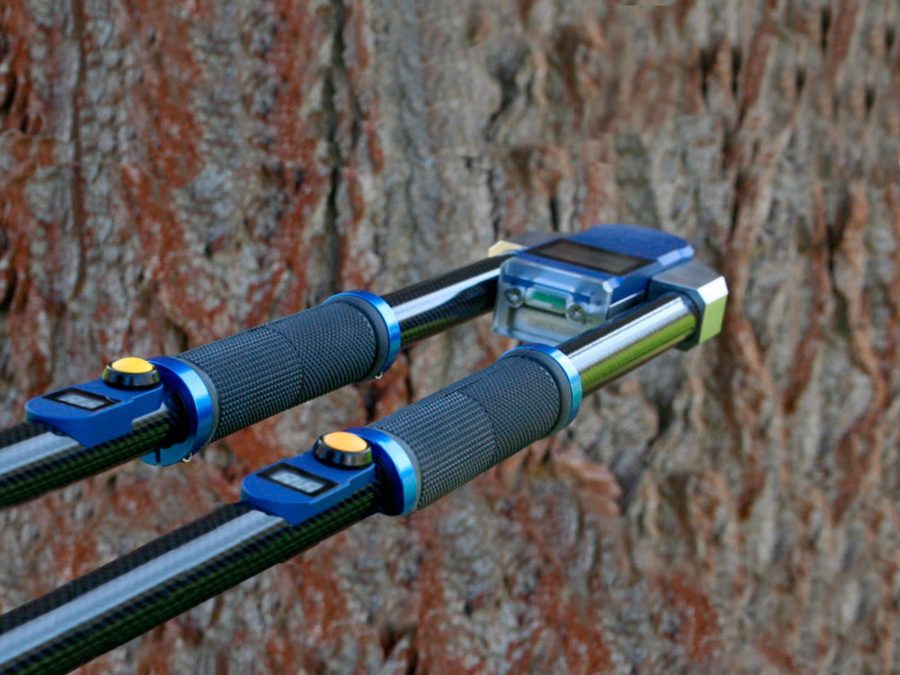
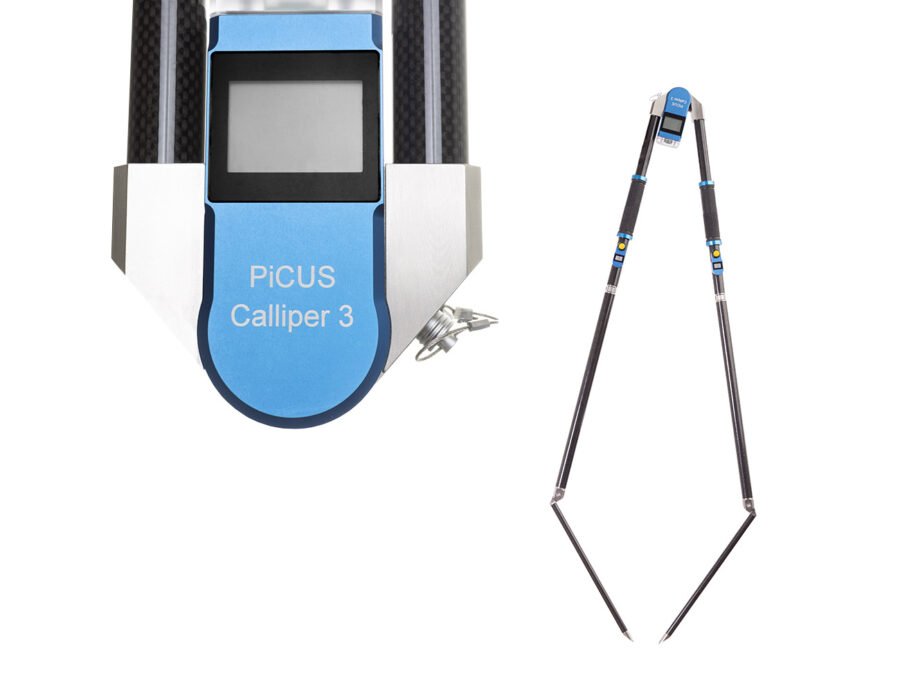
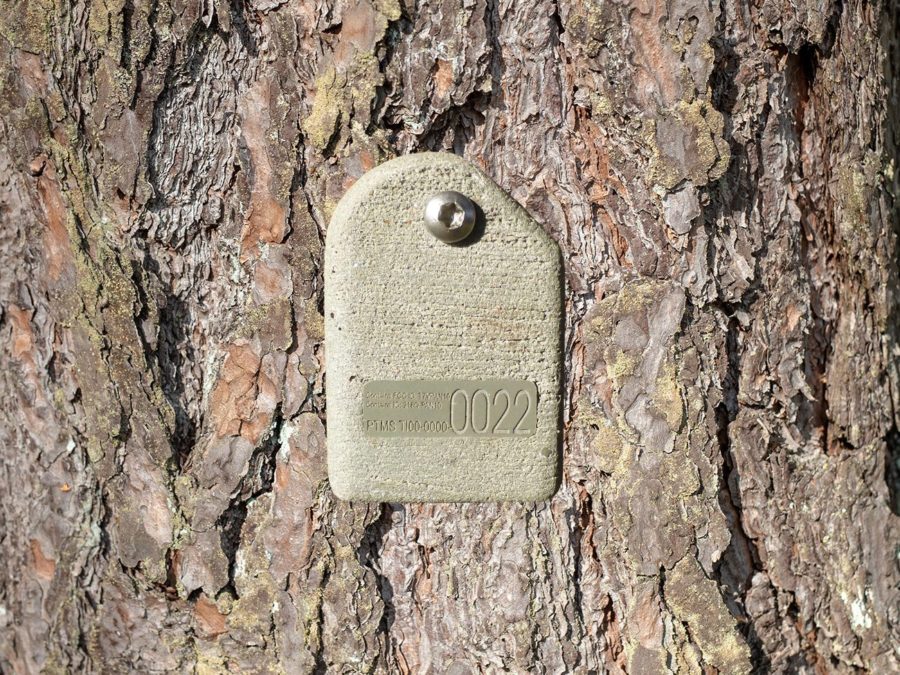
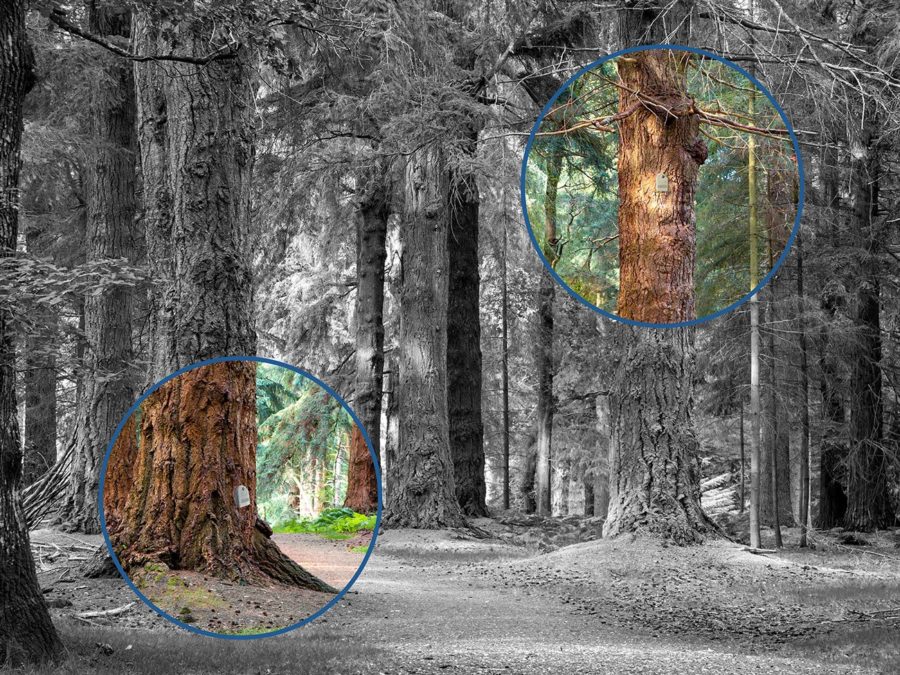
Reviews
There are no reviews yet.